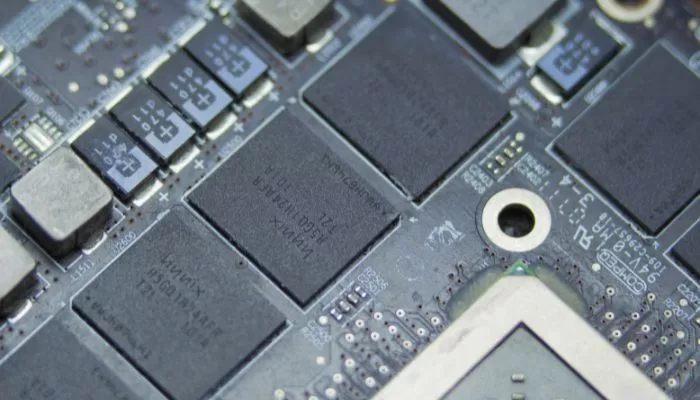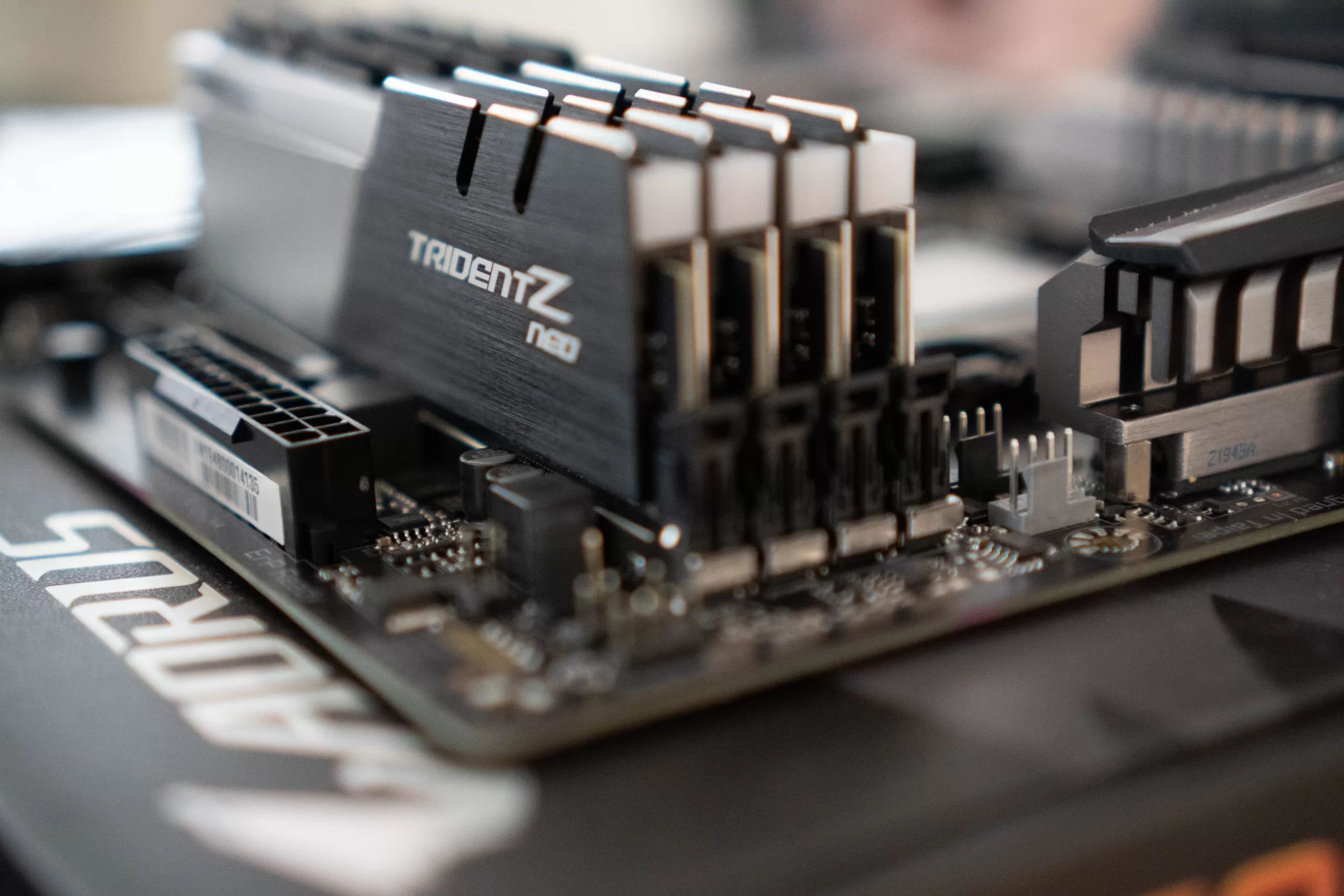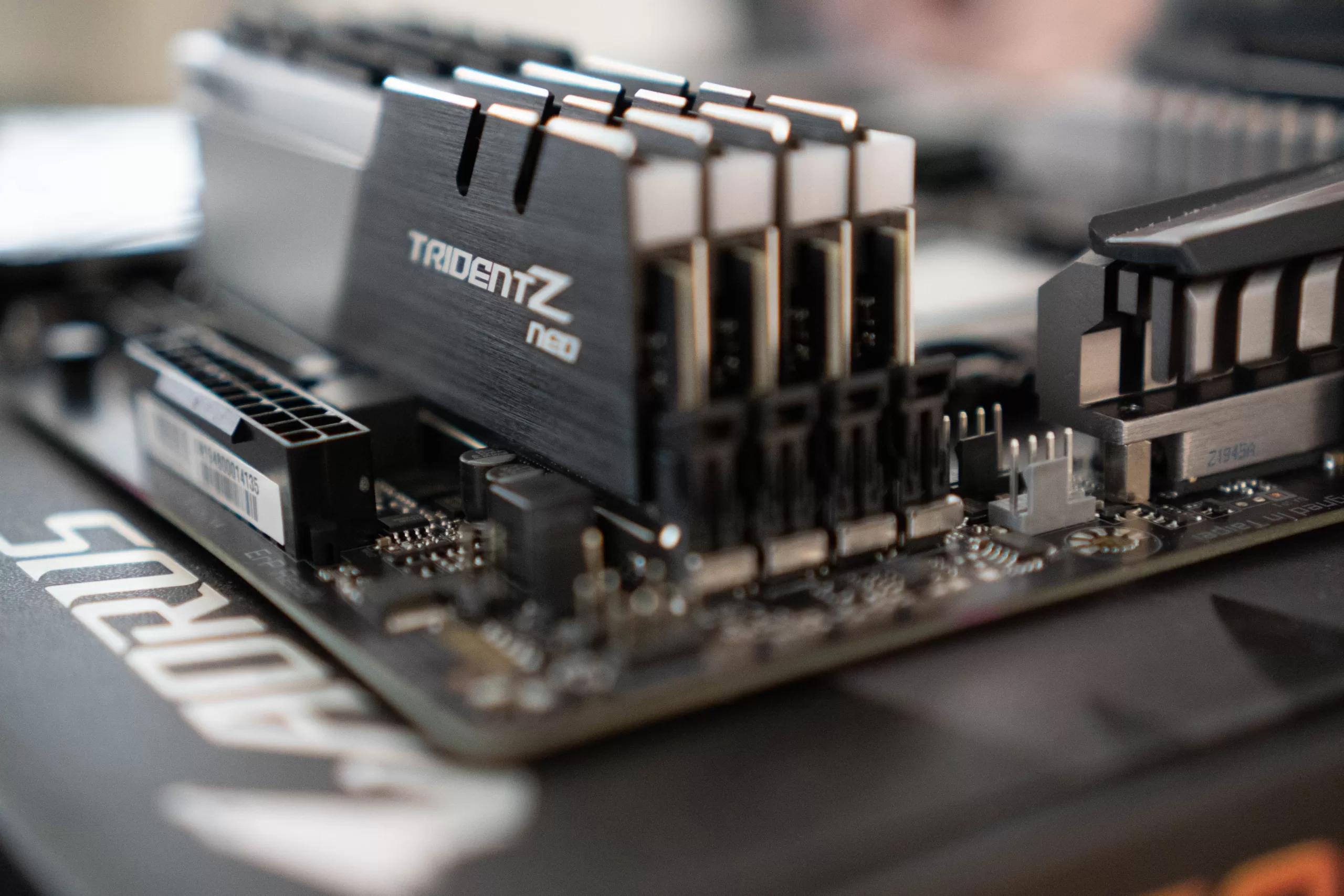What is Primary Memory?
Primary memory, also known as main memory or internal memory, is a crucial component of a computer system. It is responsible for storing and providing quick access to data that is actively being processed by the CPU (Central Processing Unit).
Primary memory is directly connected to the CPU, allowing for fast data transfer and efficient execution of instructions. It plays a vital role in determining the overall performance and speed of a computer.
Why Do We Need Primary Memory?
Primary memory is essential for several reasons:
- Speed: Primary memory is much faster than secondary storage devices like hard drives or solid-state drives. This speed allows for quick access to data, resulting in faster processing and improved system performance.
- Direct Interaction: The CPU interacts directly with primary memory, enabling seamless communication between the processor and the data. This direct interaction eliminates the need for time-consuming transfers between different storage devices.
- Temporary Storage: Primary memory acts as a temporary storage space for data that is actively being used by the CPU. It holds instructions, programs, and data that are currently being processed, ensuring swift access and retrieval.
Main Primary Memory in Computer
- RAM (Random Access Memory): RAM is a type of primary memory that allows the computer to read data and write data quickly. It’s volatile memory, which means that when the computer turns off, the data in it is lost. The data and instructions that the CPU needs to keep running are stored in RAM. It is necessary for multitasking because it keeps the data for multiple programs in memory so that they can run at the same time.
- ROM (Read-Only Memory): ROM is another component of primary memory, but it differs from RAM in that its contents are non-volatile. In other words, the information in ROM stays there even when the computer is turned off. ROM holds the important software and instructions that the computer needs to start up, activate hardware parts, and begin the operating system. It usually holds the code for the BIOS (Basic Input/Output System) or UEFI (Unified Extensible Firmware Interface).
Why is Primary Memory Volatile in Nature?
One intriguing aspect of primary memory is its volatile nature. The data stored in RAM is lost when the computer is powered off because it requires a constant supply of electricity to retain its contents. This volatility allows for quick read-and-write operations but necessitates the need for secondary storage devices like hard drives or solid-state drives for long-term data storage.
While primary memory may be volatile, it is an indispensable component of any computer system. Its speed, direct interaction with the CPU, and temporary storage capabilities make it an essential backbone of computing.
Difference between Primary and Secondary Memory
Primary memory, often referred to as main memory, provides fast and immediate access to data and instructions needed by the CPU during its operations. It is volatile, meaning that its contents are lost when the power is turned off. In contrast, secondary memory offers long-term storage capabilities, is non-volatile, and serves as external storage for a wide range of data and programs. The table provides an in-depth comparison of these two essential components of computer memory and storage systems.
Read more about Computer Memory | Primary and Secondary
Here’s a detailed comparison between primary memory and secondary memory presented in a table format:
| Aspect | Primary Memory | Secondary Memory |
|---|---|---|
| Volatility | Volatile (Data is lost when power is off) | Non-volatile (Data persists even without power) |
| Purpose | Provides fast access to data and instructions used by the CPU. | Offers long-term storage for data and programs that need to be retained even when the computer is turned off. |
| Speed | Extremely fast (data can be accessed almost instantly). | Slower compared to primary memory, with varying access times depending on the storage medium. |
| Capacity | Limited capacity, typically smaller than secondary memory. | Larger capacity, suitable for long-term storage of large volumes of data. |
| Types | Data is stored temporarily for immediate use by the CPU. | Includes hard drives, SSDs (Solid-State Drives), optical disks, magnetic tapes, and more. |
| Data Storage Duration | Data stored temporarily for immediate use by the CPU. | Data is stored temporarily for immediate use by the CPU. |
| Accessibility | Directly accessible by the CPU and integral to its operations. | Accessed via the CPU but not as directly integrated into its functions as primary memory. |
| Cost | Relatively expensive per unit of storage capacity. | Typically less expensive per unit of storage capacity. |
| Data Transfer | Involves high-speed data transfer within the computer system. | Data transfer rates may vary depending on the storage medium. |
| Examples | RAM, ROM, Cache Memory. | Hard Drives, SSDs, USB Drives, DVDs, CDs, Magnetic Tapes, etc. |
Is cache memory considered as primary memory?
cache memory is not primary memory, but rather an intermediate level of memory hierarchy that acts as a buffer between the CPU and primary memory. Its role is to speed up data access for frequently used information, enhancing the computer’s processing speed. While cache memory is crucial for overall system performance, it operates alongside and complements primary memory rather than serving as a replacement for it.



